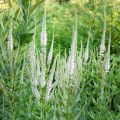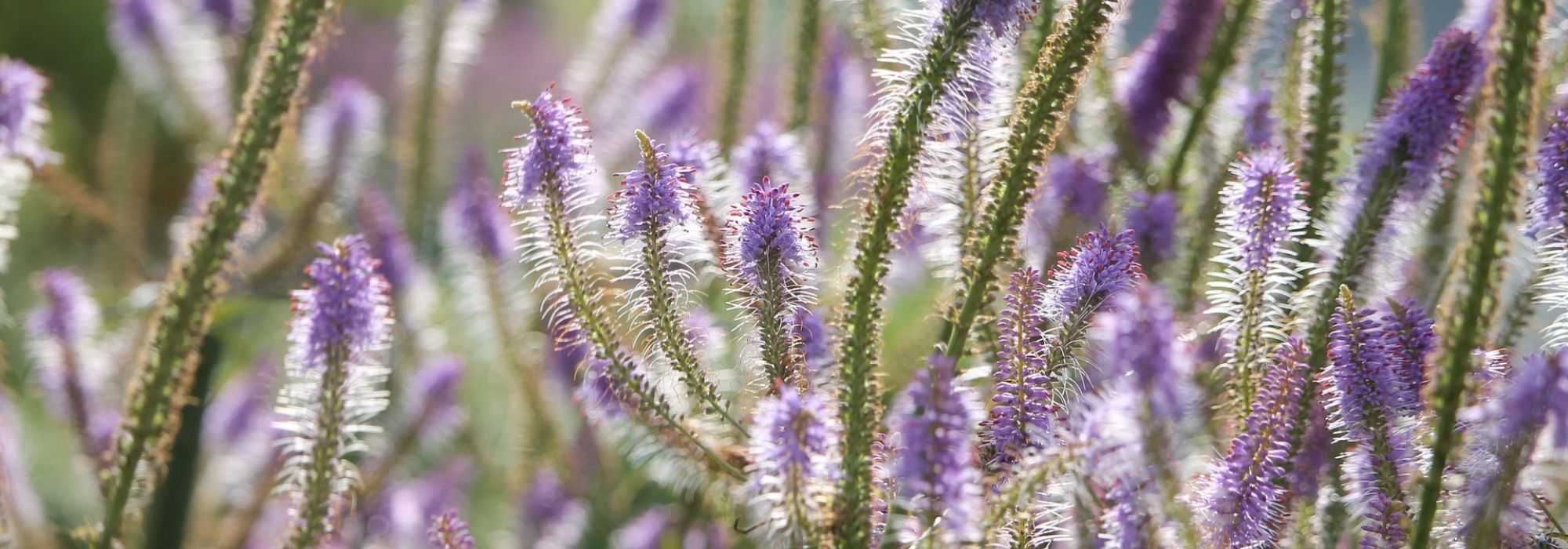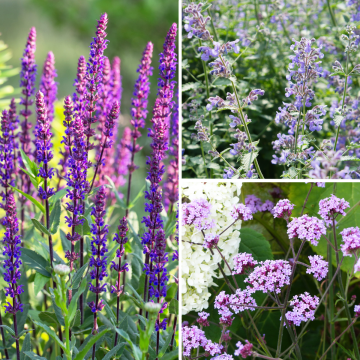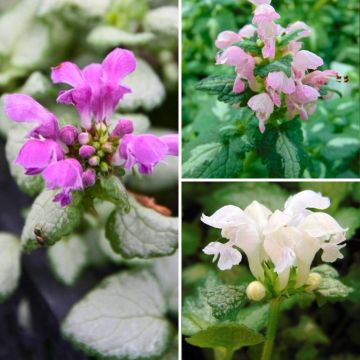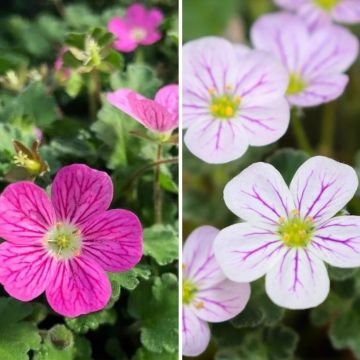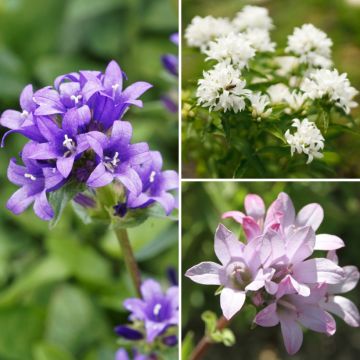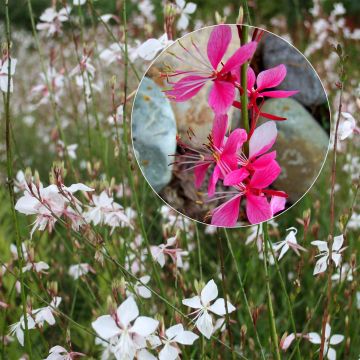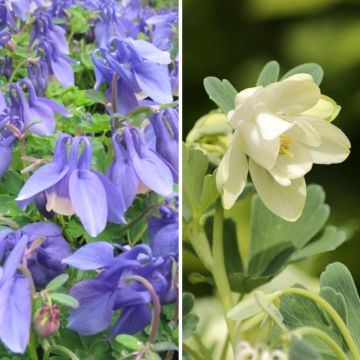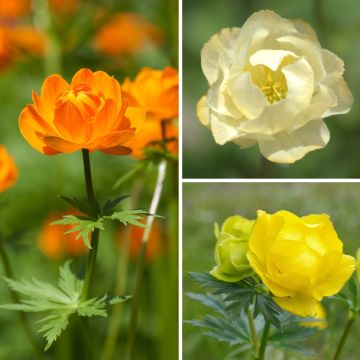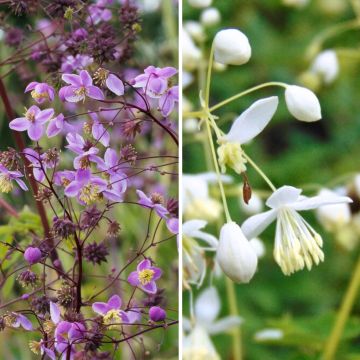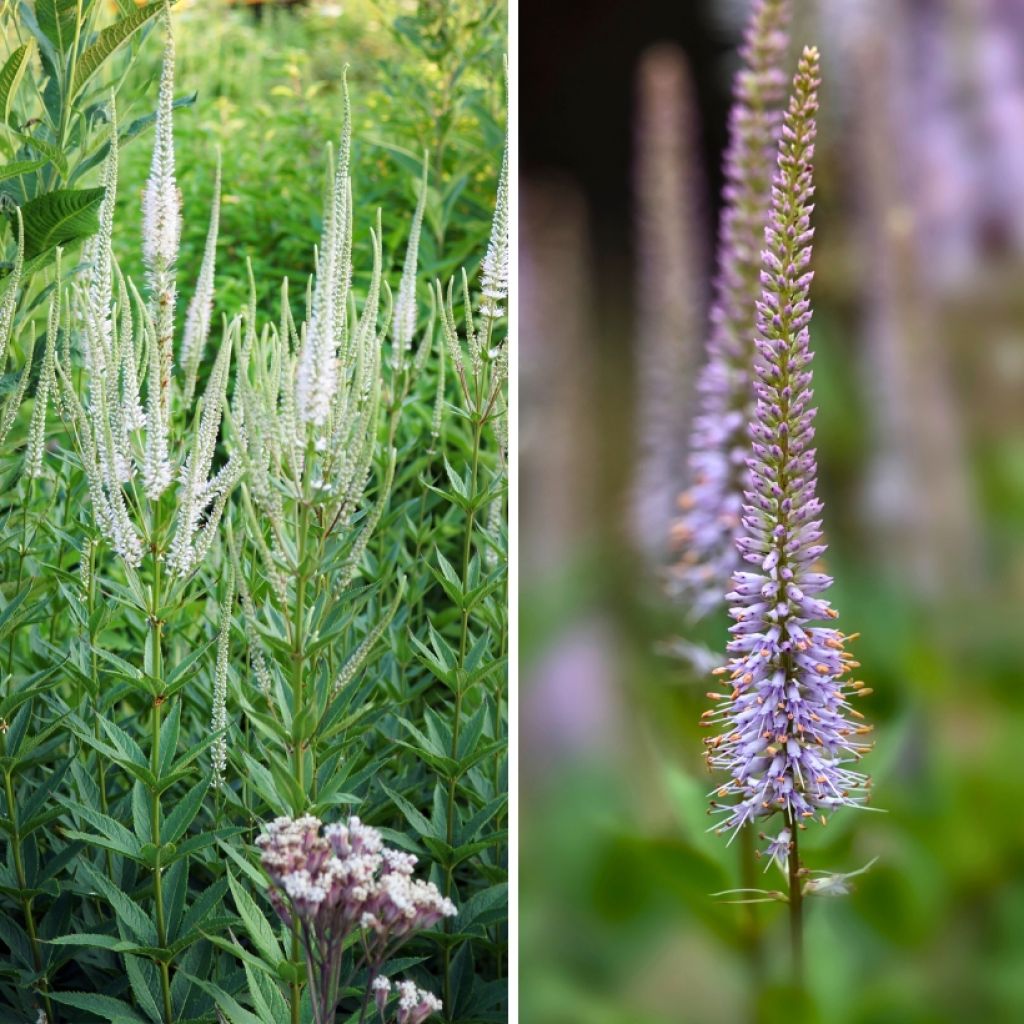

Duo Veronicastrum
Duo Veronicastrum
Veronicastrum virginicum Album, Fascination
Special offer!
Receive a €20 voucher for any order over €90 (excluding delivery costs, credit notes, and plastic-free options)!
1- Add your favorite plants to your cart.
2- Once you have reached €90, confirm your order (you can even choose the delivery date!).
3- As soon as your order is shipped, you will receive an email containing your voucher code, valid for 3 months (90 days).
Your voucher is unique and can only be used once, for any order with a minimum value of €20, excluding delivery costs.
Can be combined with other current offers, non-divisible and non-refundable.
Home or relay delivery (depending on size and destination)
Schedule delivery date,
and select date in basket
This plant carries a 12 months recovery warranty
More information
We guarantee the quality of our plants for a full growing cycle, and will replace at our expense any plant that fails to recover under normal climatic and planting conditions.
Does this plant fit my garden?
Set up your Plantfit profile →
Collection items (2 plants)
Description
The Veronicastrum duo Virginia Speedwell, combines the 'Album' and 'Fascination' varieties, consisting of two tall perennials that stand out in flower beds with their striking colours and silhouettes. These plants produce airy flower spikes from summer through early autumn and are adaptable to various growing conditions, thriving in rich, well-drained soil while tolerating full sun and partial shade. Their deciduous lanceolate green foliage provides an attractive backdrop post-flowering, and they can withstand temperatures as low as -20°C, preferring moist, fertile soil, including areas near water sources.
The duo includes:
1 x Veronicastrum virginicum 'Album': this variety showcases pristine white spikes that stand out against dark green foliage, reaching heights of up to 1.20 m, making it a focal point in rear sections of flowerbeds.
1 x Veronicastrum virginicum 'Fascination': characterised by soft lilac-pink flowers, this variety can grow up to 1.40 m in height depending on growing conditions. Its airy appearance adds a touch of lightness to floral arrangements.
Veronicastrum virginicum can be planted in spring or autumn, taking some time to establish but eventually becoming majestic after 2 to 3 years of growth. Ideal for creating volume in the background of flowerbeds or large borders, they bring height and structure to gardens. When positioned behind shorter varieties, they serve as an ideal backdrop. To ensure optimal development, space each plant approximately 60 to 70 cm apart, equating to 2 to 3 plants per square metre.
Veronicastrum virginicum 'Album' and 'Fascination' seamlessly integrate into diverse settings, particularly in moist to wet soil. They elegantly complement Eupatorium maculatum 'Atropurpureum', which echoes their verticality with purple corymbs, while the vibrant pink flower spikes of Lythrum salicaria create a pleasing colour contrast. Additionally, Filipendula rubra 'Venusta' introduces a different texture with its large inflorescences, and the brightness of the yellow-green flowers from Euphorbia palustris adds to the scene. For a more natural ambiance, these Veronicastrum varieties are stunning in the background alongside tall grasses such as Miscanthus sinensis 'Malepartus'.
Flowering
Foliage
Plant habit
Botanical data
Veronicastrum
virginicum
Album, Fascination
Plantaginaceae
Cultivar or hybrid
Other Perennial collections
View all →Planting and care
The pendulous Veronicastrum virginicum thrives in partial shade, or in full sun if the soil is moist. It flourishes in any damp and fertile soil that will never dry out in summer, even on the edge of a pond. Avoid planting these young plants in a location exposed to strong winds. In the event of a dry and hot summer, ensure regular watering. Once they are established, avoid moving the plants. They take a while to settle and require monitoring for 2 years.
Planting period
Intended location
Care
Planting & care advice
This item has not been reviewed yet - be the first to leave a review about it.
Haven't found what you were looking for?
Hardiness is the lowest winter temperature a plant can endure without suffering serious damage or even dying. However, hardiness is affected by location (a sheltered area, such as a patio), protection (winter cover) and soil type (hardiness is improved by well-drained soil).

Photo Sharing Terms & Conditions
In order to encourage gardeners to interact and share their experiences, Promesse de fleurs offers various media enabling content to be uploaded onto its Site - in particular via the ‘Photo sharing’ module.
The User agrees to refrain from:
- Posting any content that is illegal, prejudicial, insulting, racist, inciteful to hatred, revisionist, contrary to public decency, that infringes on privacy or on the privacy rights of third parties, in particular the publicity rights of persons and goods, intellectual property rights, or the right to privacy.
- Submitting content on behalf of a third party;
- Impersonate the identity of a third party and/or publish any personal information about a third party;
In general, the User undertakes to refrain from any unethical behaviour.
All Content (in particular text, comments, files, images, photos, videos, creative works, etc.), which may be subject to property or intellectual property rights, image or other private rights, shall remain the property of the User, subject to the limited rights granted by the terms of the licence granted by Promesse de fleurs as stated below. Users are at liberty to publish or not to publish such Content on the Site, notably via the ‘Photo Sharing’ facility, and accept that this Content shall be made public and freely accessible, notably on the Internet.
Users further acknowledge, undertake to have ,and guarantee that they hold all necessary rights and permissions to publish such material on the Site, in particular with regard to the legislation in force pertaining to any privacy, property, intellectual property, image, or contractual rights, or rights of any other nature. By publishing such Content on the Site, Users acknowledge accepting full liability as publishers of the Content within the meaning of the law, and grant Promesse de fleurs, free of charge, an inclusive, worldwide licence for the said Content for the entire duration of its publication, including all reproduction, representation, up/downloading, displaying, performing, transmission, and storage rights.
Users also grant permission for their name to be linked to the Content and accept that this link may not always be made available.
By engaging in posting material, Users consent to their Content becoming automatically accessible on the Internet, in particular on other sites and/or blogs and/or web pages of the Promesse de fleurs site, including in particular social pages and the Promesse de fleurs catalogue.
Users may secure the removal of entrusted content free of charge by issuing a simple request via our contact form.
The flowering period indicated on our website applies to countries and regions located in USDA zone 8 (France, the United Kingdom, Ireland, the Netherlands, etc.)
It will vary according to where you live:
- In zones 9 to 10 (Italy, Spain, Greece, etc.), flowering will occur about 2 to 4 weeks earlier.
- In zones 6 to 7 (Germany, Poland, Slovenia, and lower mountainous regions), flowering will be delayed by 2 to 3 weeks.
- In zone 5 (Central Europe, Scandinavia), blooming will be delayed by 3 to 5 weeks.
In temperate climates, pruning of spring-flowering shrubs (forsythia, spireas, etc.) should be done just after flowering.
Pruning of summer-flowering shrubs (Indian Lilac, Perovskia, etc.) can be done in winter or spring.
In cold regions as well as with frost-sensitive plants, avoid pruning too early when severe frosts may still occur.
The planting period indicated on our website applies to countries and regions located in USDA zone 8 (France, United Kingdom, Ireland, Netherlands).
It will vary according to where you live:
- In Mediterranean zones (Marseille, Madrid, Milan, etc.), autumn and winter are the best planting periods.
- In continental zones (Strasbourg, Munich, Vienna, etc.), delay planting by 2 to 3 weeks in spring and bring it forward by 2 to 4 weeks in autumn.
- In mountainous regions (the Alps, Pyrenees, Carpathians, etc.), it is best to plant in late spring (May-June) or late summer (August-September).
The harvesting period indicated on our website applies to countries and regions in USDA zone 8 (France, England, Ireland, the Netherlands).
In colder areas (Scandinavia, Poland, Austria...) fruit and vegetable harvests are likely to be delayed by 3-4 weeks.
In warmer areas (Italy, Spain, Greece, etc.), harvesting will probably take place earlier, depending on weather conditions.
The sowing periods indicated on our website apply to countries and regions within USDA Zone 8 (France, UK, Ireland, Netherlands).
In colder areas (Scandinavia, Poland, Austria...), delay any outdoor sowing by 3-4 weeks, or sow under glass.
In warmer climes (Italy, Spain, Greece, etc.), bring outdoor sowing forward by a few weeks.






























